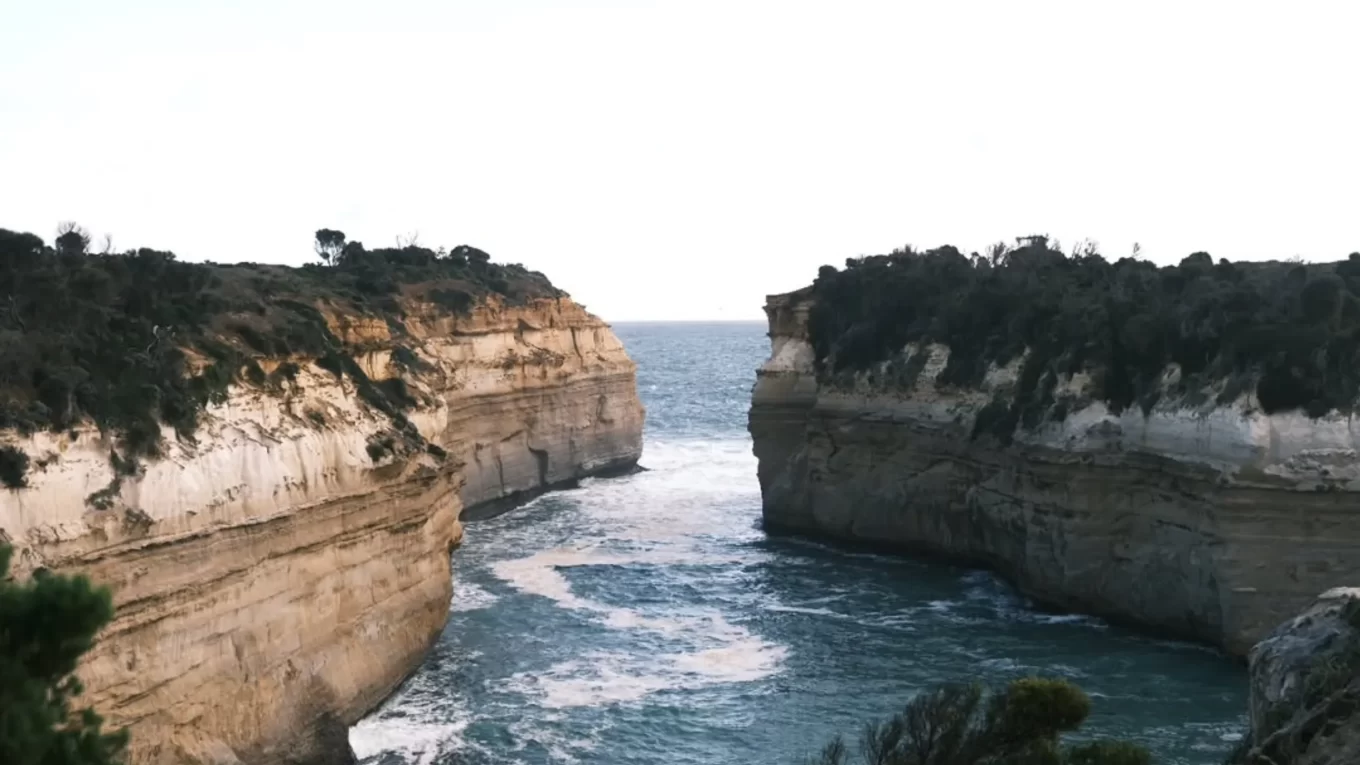Explore Thunder Cave: A Great Ocean Road Natural Wonder
The Great Ocean Road is one of the worlds most famous coastlines in Victoria, Australia and you get to see some of the most amazing natural wonders of the world. One of those is Thunder Cave. Located in the beautiful Port Campbell National Park Thunder Cave is famous for its big waves, sheer cliffs and rugged limestone formations. This guide has all the info you need to know about Thunder Cave, its geology, history and nearby attractions.
About Thunder Cave
Thunder Cave is one of the highlights of the Shipwreck Coast, an area of great history and beauty. The cave gets its name from the thundering sound of the waves crashing into the narrow gorge. Visitors will get to experience not only an auditory spectacle but also golden sandstone cliffs, spherical rocks and a blue rock texture background that’s a real showstopper.
Located near Loch Ard Gorge, Thunder Cave is a must see for anyone driving the Great Ocean Road Tour. It’s a demonstration of the power of the ocean and how it can shape the landscape over millions of years, it’s a geological wonder and a must do.
Formation and Geology
The ruggedness of Thunder Cave is a result of marine erosion, a constant natural force that has shaped the karst features of Port Campbell National Park. Over thousands of years waves have eroded the limestone cliffs, creating a natural arch and the narrow thunderous gorge that is Thunder Cave. This process of erosion continues to shape and reshape the cliffs, it’s a dynamic and changing landscape.
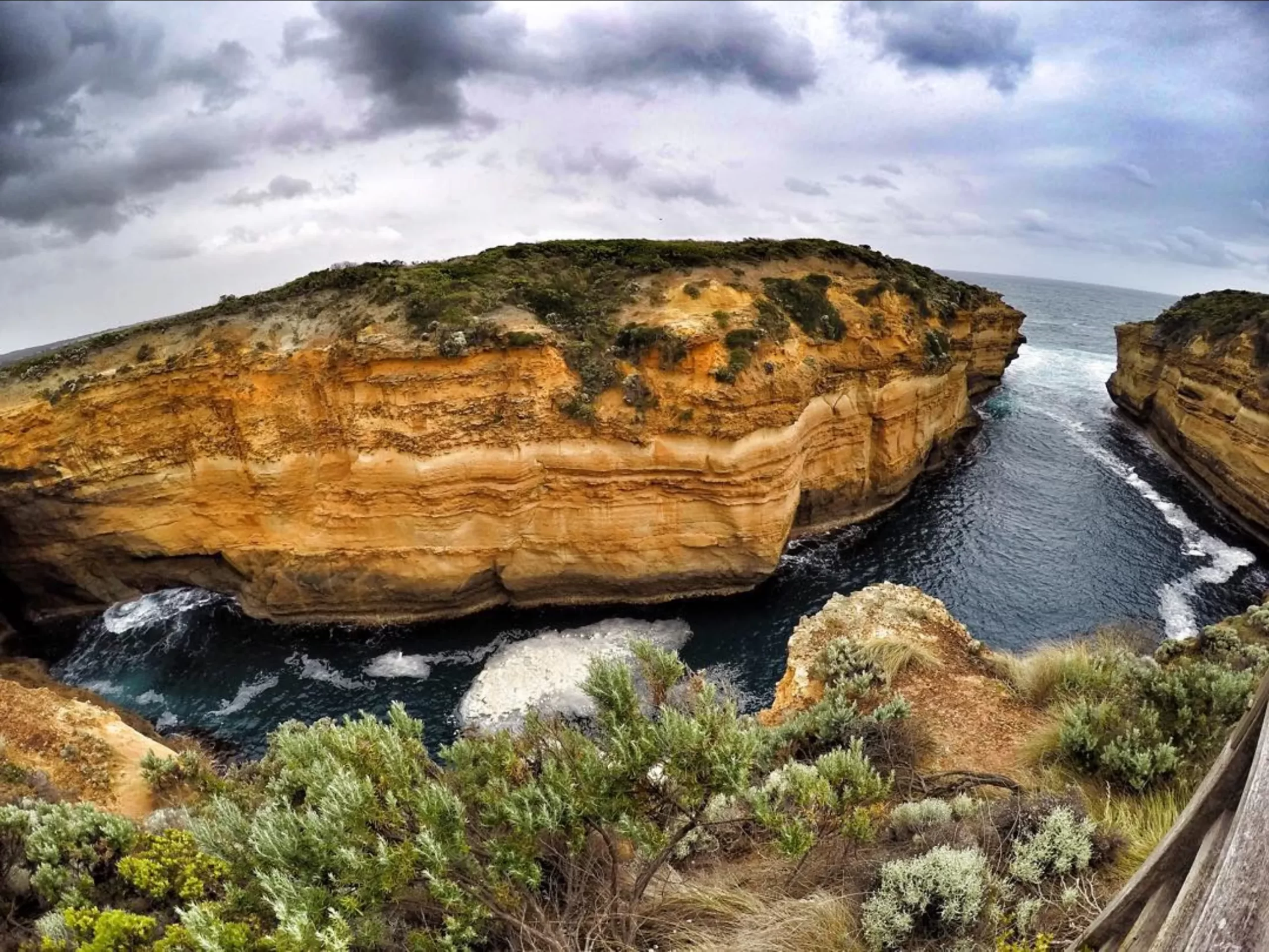
The area around Thunder Cave is full of geological features, rock stacks, island rocks and cliff instability add to the ruggedness. The light on the golden sandstone cliffs at sunrise and sunset is a photographer’s dream and the contrast between the cliffs and the sandy beach below is another natural beauty.
How to Get There
Thunder Cave is part of the 1.1km out and back trail that connects it to other nearby attractions, Loch Ard Gorge and The Arch. The trail is signposted and suitable for all ages. The viewing platform is a safe spot to take in the views while the cliff instability and respect the environment.
For the geology enthusiasts the geological trail will give you insights into how Thunder Cave and Blow Hole and the nearby Sherbrook River were formed.
Historical Significance
Thunder Cave and the surrounding area is steeped in history. The nearby Loch Ard Gorge is named after the Loch Ard, a ship that sank in 1878. Survivors like Eva Carmichael and 14 year old Jacob Lansa are legendary figures, their stories are part of this landscape. Exploring Thunder Cave is a glimpse into that history and connects you to the dramatic events of the past.
Unique Features
Acoustic Wonder
The sound of the waves crashing into the cave, amplified by the narrow walls, is what gives Thunder Cave its name. This is especially loud during high tide or stormy weather.
Golden Cliffs and Blue Textures
The combination of the golden sandstone cliffs and blue rock texture in the background makes the cave look stunning. This is a unique setting that captures the raw Australia.
Karst Features
Thunder Cave is part of a karst network of natural arches, rugged limestone cliffs and rock stacks, this region is geologically diverse.
Best Time to Visit
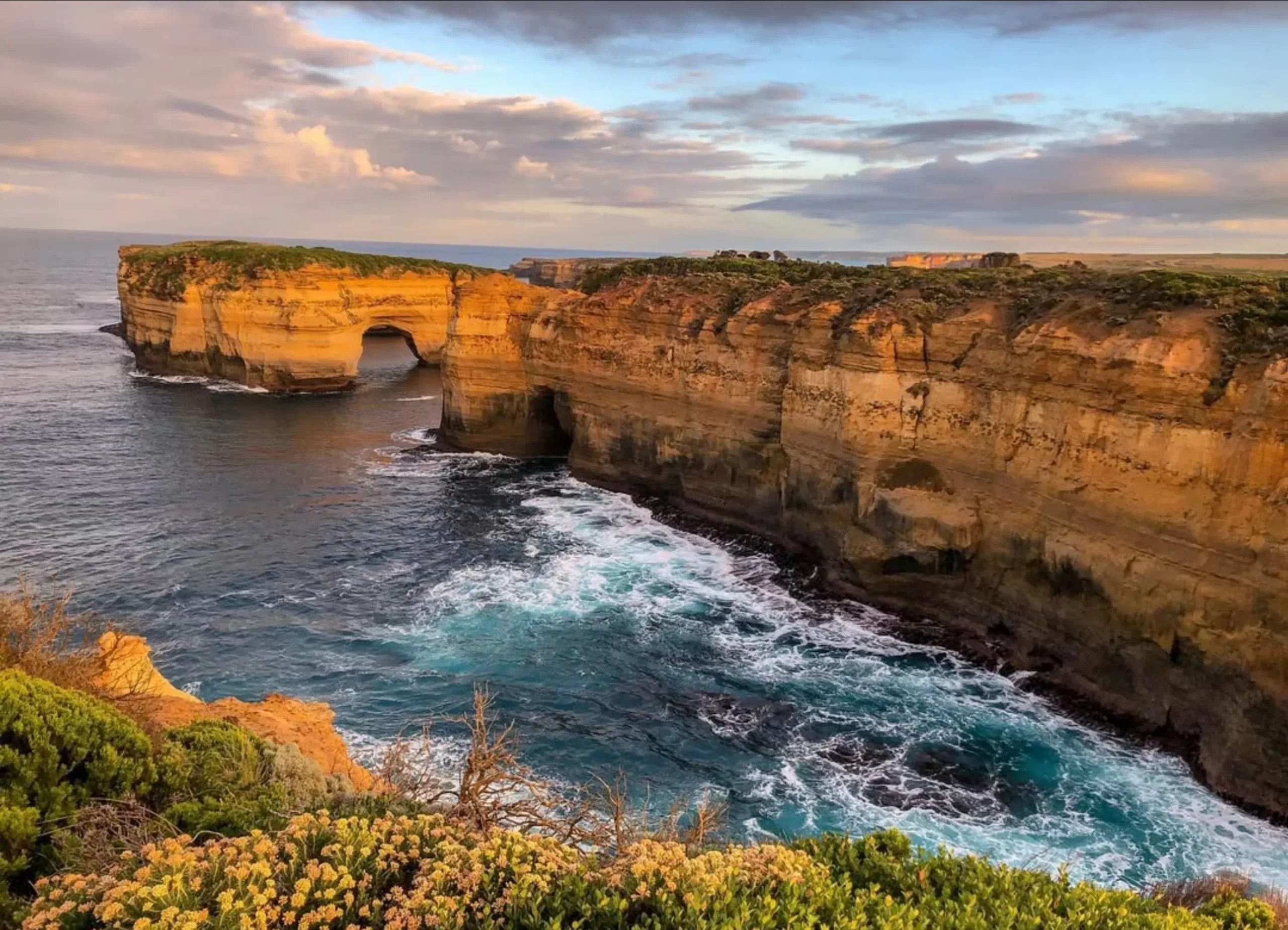
The cave is beautiful anytime, but some times of day and year are better:
- High Tide: See the most wave action and hear the cave’s thunder.
- Sunrise and Sunset: Soft light during these times highlights the golden sandstone cliffs and great for photography.
- After Storms: The rough seas makes the cave even more dramatic.
Nearby Attractions
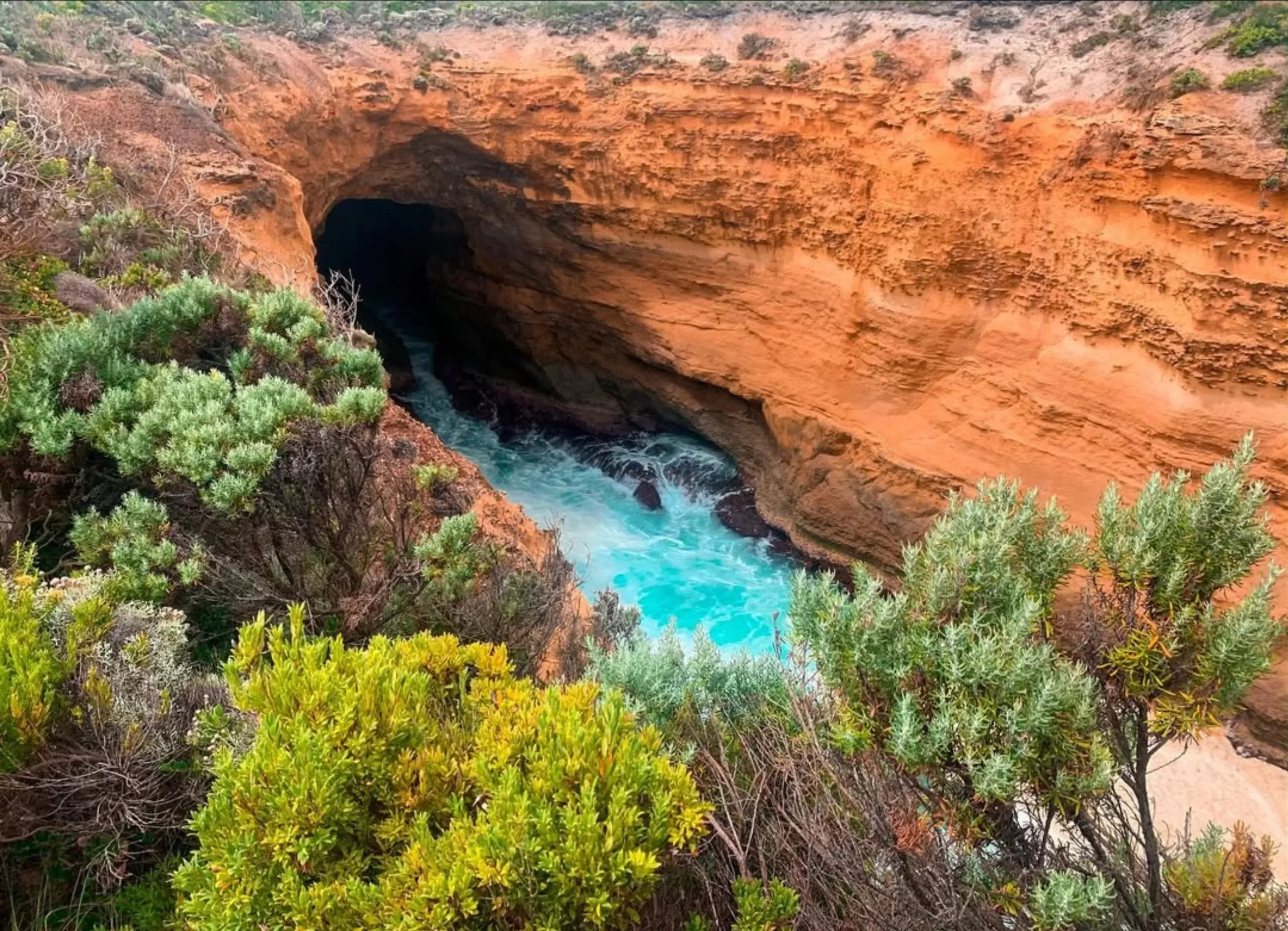
The area around Thunder Cave is full of natural and historical attractions, perfect for a day of exploring. Here are some of the highlights:
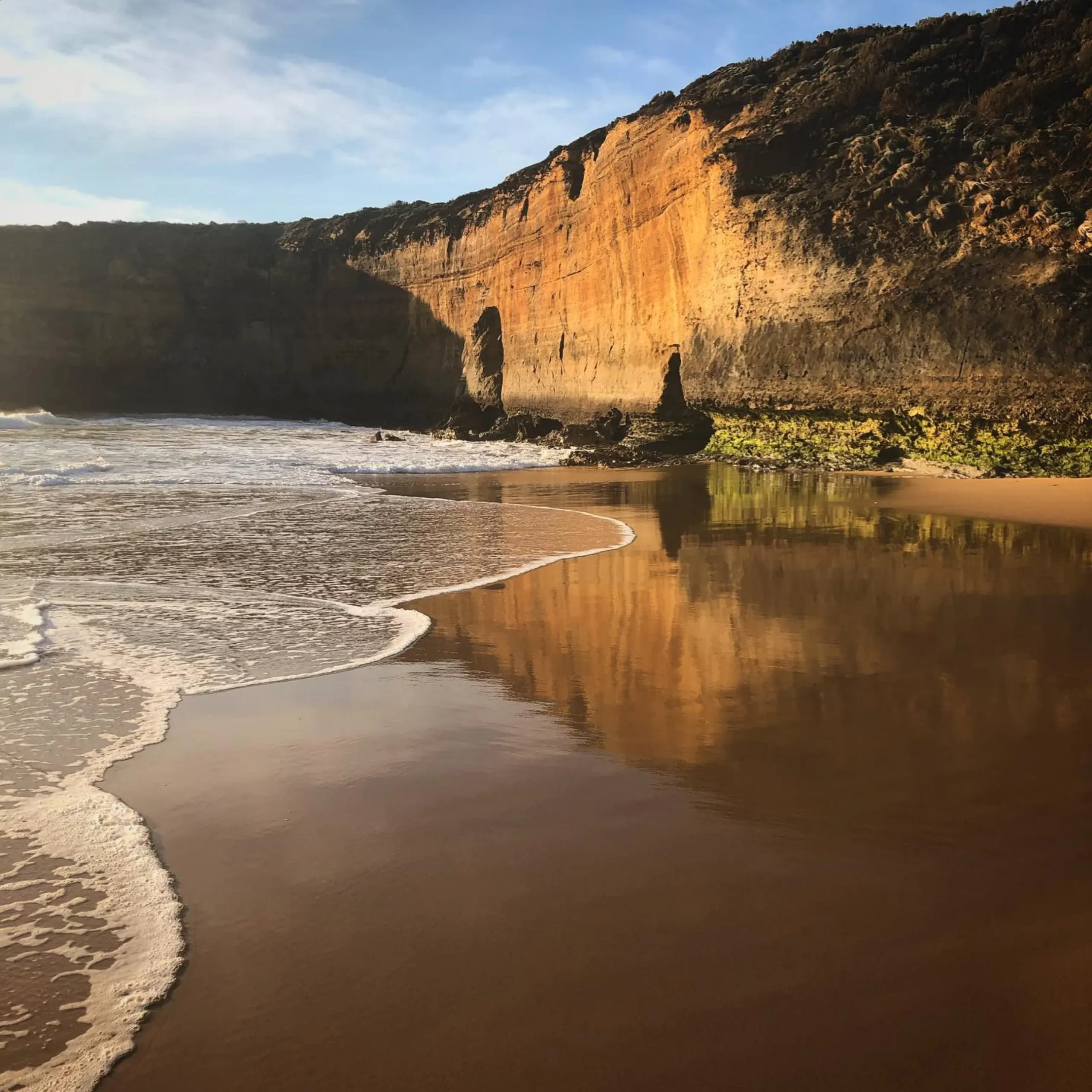
- Loch Ard Gorge: Learn about the shipwreck and explore the beach, sandy beaches and rugged cliffs.
- The Arch and Elephant Rock: Two of the most famous formations in the area.
- Cathedral Cave and Carmichael Cave: Other caves in the region with dramatic formations and unique geology.
- Sherbrook River: A beautiful river for nature photography.
- Nearby Beaches: Take a break at nearby beaches with white sand and crystal clear water.
For a hassle free and meaningful experience book with Autopia Tours who offer guided tours along the Great Ocean Road including Thunder Cave and surrounding attractions.
Conclusion
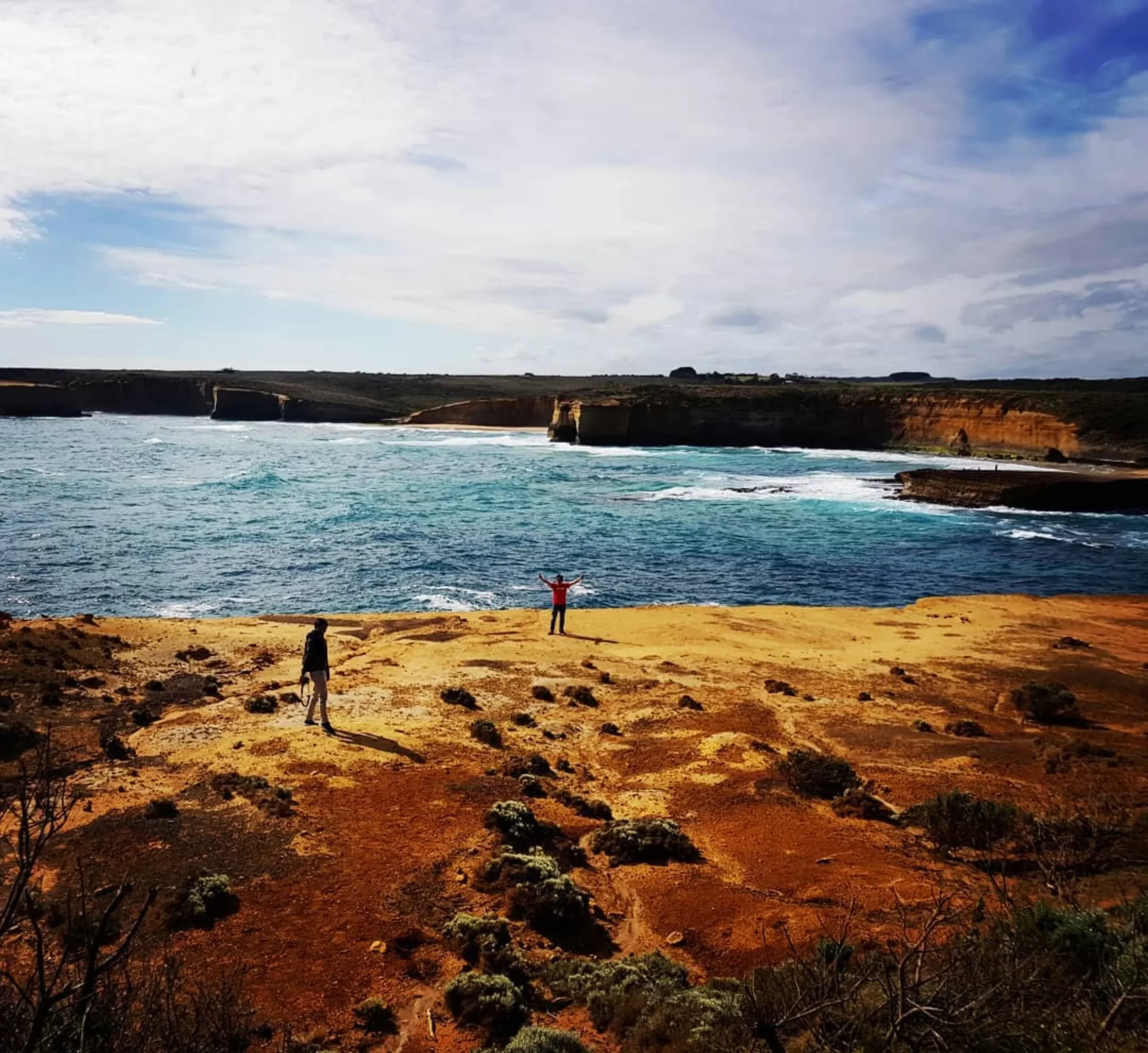
Thunder Cave is the gem of the Port Campbell National Park, natural beauty, history and geology. Close to Loch Ard Gorge, Shipwreck Coast and Elephant Rock it’s a must see if you are driving the Great Ocean Road trip.
FAQ
What is Thunder Cave?
Thunder Cave is a natural limestone gorge in the Port Campbell National Park, sound of the waves and geological formations.
Where is Thunder Cave?
Near Loch Ard Gorge on the Shipwreck Coast, part of the Great Ocean Road, Victoria, Australia.
Can I enter Thunder Cave?
No, visitors are restricted to viewing platforms for safety and environmental reasons.
What’s nearby?
Nearby are Loch Ard Gorge, The Arch, Elephant Rock and Sherbrook River.
Is Thunder Cave family friendly?
Yes, 1.1km out-and-back trail, family friendly, marked trails and educational signs.
